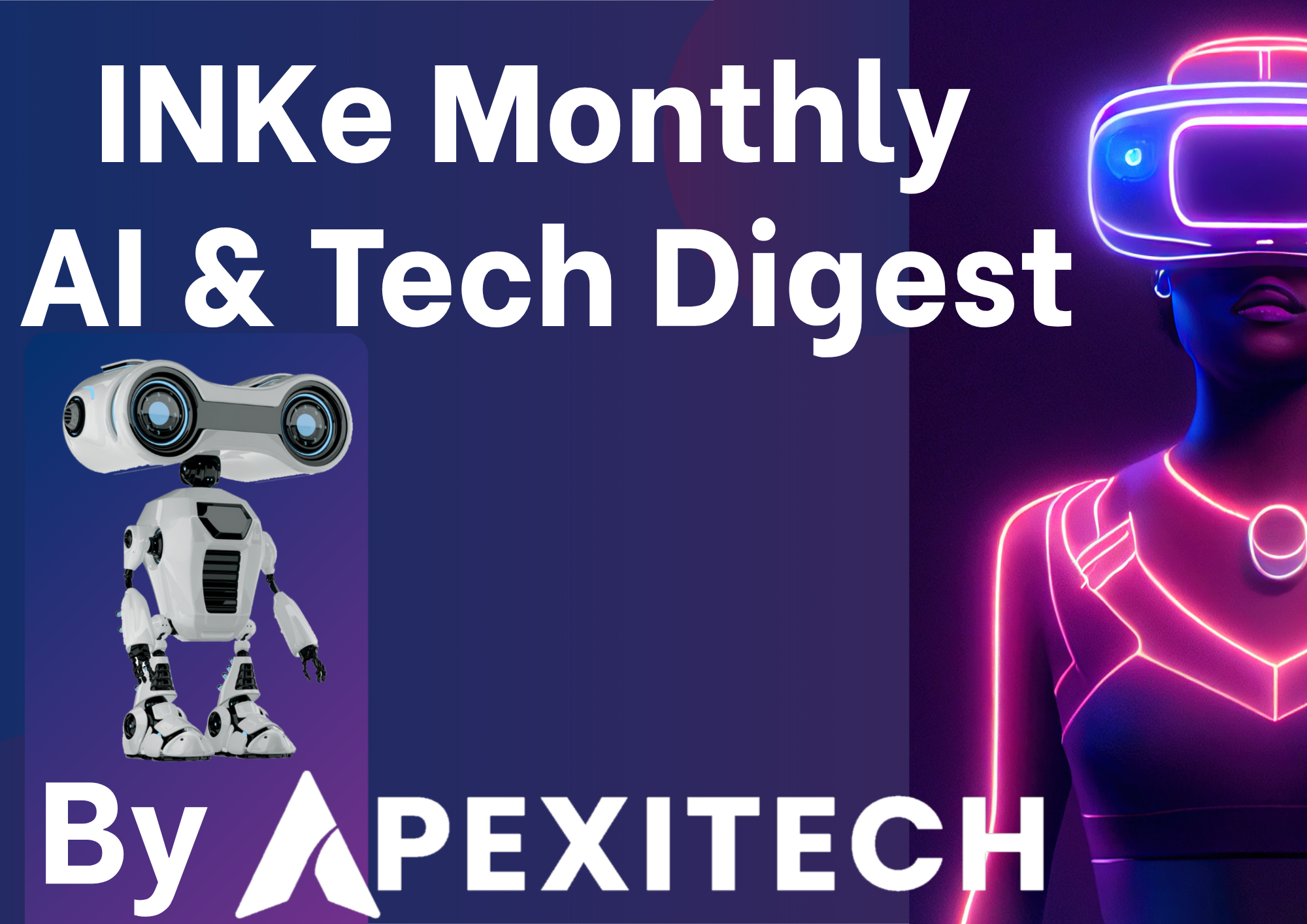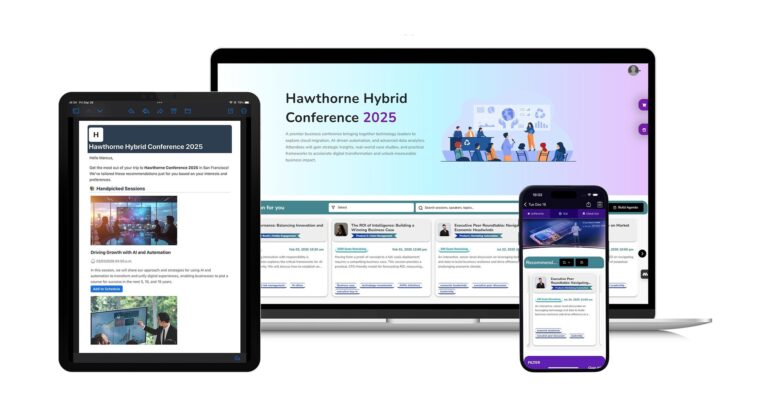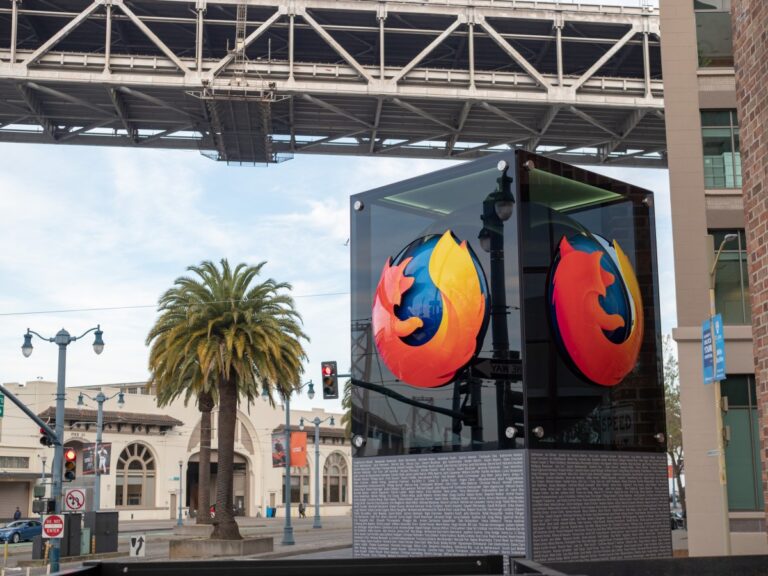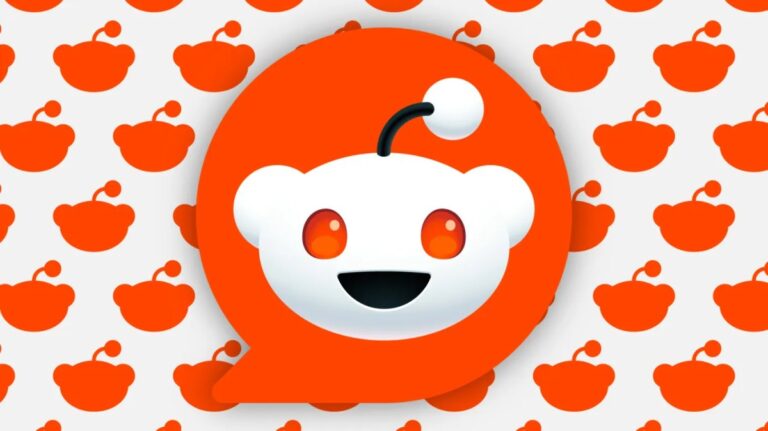September 2025 delivered a surge of AI news and tech innovation, with fresh agentic tools, AI-first wearables, and massive compute deals redefining the future of creation. From Gemini in Chrome and Apple Intelligence rollouts to NVIDIA’s infrastructure moonshot, automation moved from hype to habit. Here’s the month’s creative technology and automation highlights, curated for the INKe Universe.
Apple Intelligence rolls out: privacy-first AI across iPhone, iPad, Mac
Apple released new Apple Intelligence features including Live Translation, onscreen visual intelligence, and intelligent actions in Shortcuts. Developers can tap the on‑device foundation model to build private, offline experiences—key for creators who need control. It’s a sleek blend of usability and privacy that nudges AI deeper into everyday workflows.
Quillium’s Insight: Expect an explosion of micro-automations in creative apps as Shortcuts + on‑device models accelerate routine tasks without leaking data.
Meta debuts Ray‑Ban Display: AI smart glasses with a built‑in screen
At Connect, Meta launched its first consumer glasses with a display—Ray‑Ban Display—bringing glanceable answers, live captions, and hands‑free capture to a familiar form factor. The push positions wearables as always‑on assistants for creators and streamers, even if adoption starts modestly.
Quillium’s Insight: Creative workflows shift from pocket to face; expect “micro‑tutorials” and step‑by‑step guides rendered in‑lens for filming, repairs, and live production.
Google brings Gemini into Chrome: the browser becomes an AI cockpit
Google integrated Gemini in Chrome, enabling multi‑tab summaries, task help, and AI Mode in the address bar. The move turns the browser into an agentic surface that compares sources, schedules, and even automates multi‑step chores—prime territory for creators juggling research, briefs, and edits.
Quillium’s Insight: Browser‑native AI will standardize “research-to-draft” automation, compressing ideation cycles and boosting solo creator throughput.
NVIDIA × OpenAI: a 10‑gigawatt bet on the next wave of models
NVIDIA and OpenAI signed a strategic pact to deploy at least 10 gigawatts of NVIDIA systems—representing millions of GPUs—to power future frontier models, with first deployments planned on the Vera Rubin platform. The scale signals a long runway for advanced reasoning and multimodal creation.
Quillium’s Insight: Compute becomes the new creative capital; agencies and studios will prioritize GPU access as much as talent pipelines.
NVIDIA opens the toolbox for physical AI and robots
NVIDIA released open resources for robotics, including the open‑source Newton physics engine, updated Isaac GR00T foundation models, and new Cosmos world models to generate diverse training data. It’s a major boost for simulation‑to‑real workflows and next‑gen automation.
Quillium’s Insight: Creators will prototype embodied experiences—installations, animatronics, and interactive art—faster as sim pipelines get democratized.
Anthropic’s September upgrades: Claude gets memory, file creation, and web fetch
Anthropic shipped a string of updates: Claude memory and incognito chats, direct creation/editing of spreadsheets, slides, and docs, plus a web fetch tool and SDK enhancements. These features tilt Claude toward dependable, day‑to‑day automation for teams.
Quillium’s Insight: Agentic assistants will quietly replace a stack of admin tools—briefs, summaries, and drafts generated on demand with enterprise controls.
Health AI leap: Delphi‑2M forecasts risk for 1,000+ diseases
Researchers unveiled Delphi‑2M, a generative model that uses medical histories and lifestyle data to predict the timing and risk of more than a thousand diseases—validated across UK and Danish cohorts. It’s a glimpse of proactive, personalized healthcare at population scale.
Quillium’s Insight: For creators and startups, prevention‑as‑a‑service becomes a new frontier—privacy‑aware, longitudinal health insights baked into consumer apps.







